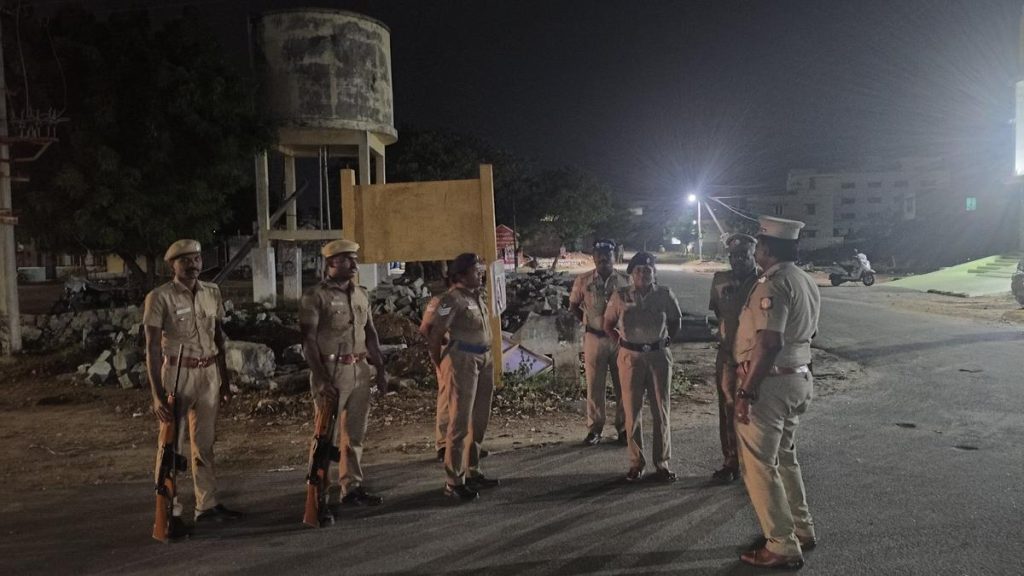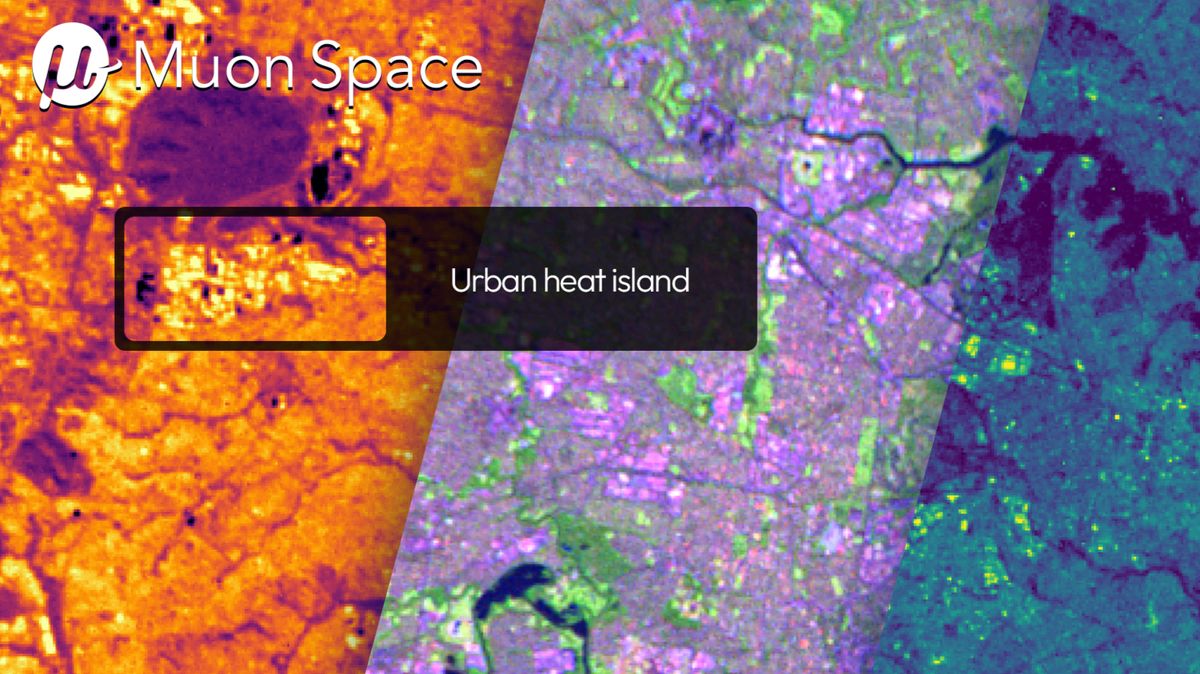Now Reading: How Are Hurricanes and Tropical Storms Named?
-
01
How Are Hurricanes and Tropical Storms Named?
How Are Hurricanes and Tropical Storms Named?

Fast Summary
- Tropical storms and hurricanes are named based on criteria set by the World Meteorological Organization (WMO).
- Hurricanes in the Atlantic must have sustained winds above 74 mph; storms with winds below this threshold get numbered instead of named.
- Naming conventions differ globally: typhoons (Western Pacific), cyclones (Indian Ocean/Australia), and hurricanes (Eastern Pacific/Atlantic).
- The WMO uses a rotating list of 21 names every six years, alternating between male and female names evenly. A supplemental list is used if more than 21 storms occur in a season.
- Destructive hurricanes may have their names retired at a country’s request. These are replaced by new names starting with the same letter.
- Historically, naming practices began informally, frequently enough influenced by politics or mythology, later adopted formally during WWII when U.S. pilots named storms after women thay knew back home.
- Gendered hurricane naming was criticized for potential biases affecting public perception of storm severity but controversial studies lacked conclusive data due to skewed methodologies.
Images:
!Typhoon Mindulle (Credit: Jaxa/Akihiko Hoshide)
!Typhoon from Space (Credit: jaxa/Akihiko Hoshide)
Indian Opinion Analysis
The systematic approach to storm naming ensures improved interaction about meteorological events on a global scale-crucial for disaster preparedness that saves lives and mitigates economic losses during tropical cyclones or hurricanes impacting countries such as India’s coastal regions prone to cyclones like Cyclone Amphan or Fani in recent years. However,biases tied to gender-based perceptions might hinder serious responses even if debates lack conclusive scientific backing; India could benefit from greater uniformity in cyclone awareness campaigns besides inherently boosting pre-storm cooperation mechanism resiliency locally/long/intercontinental Reach socio-political post-response teams deploy-time coordinating agency quick-clear-search-reset natural-post systems fair studies*

























